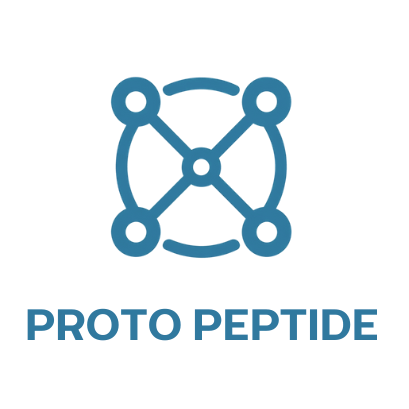What Are GLP-1? Understanding Glucagon-Like Peptide-1 in Research
Glucagon-like peptide-1 (GLP-1) is a naturally occurring peptide hormone that plays a crucial role in glucose metabolism and insulin regulation. In recent years, GLP-1 and its analogs have become a central focus in metabolic and diabetes-related research due to their significant effects on appetite control, glucose homeostasis, and weight regulation.
What are GLP-1s?
GLP-1 is part of the incretin family—a group of gut-derived hormones that enhance the body’s insulin response after eating. It is secreted by L-cells in the intestine in response to food intake and binds to GLP-1 receptors found in the pancreas, brain, and other tissues. Its primary actions include:
- Stimulating insulin secretion
- Inhibiting glucagon release
- Slowing gastric emptying
- Promoting satiety and reducing food intake
Research Applications
In research settings, GLP-1 analogs are studied for their potential role in treating metabolic disorders such as type 2 diabetes, obesity, and non-alcoholic fatty liver disease (NAFLD). These synthetic versions of GLP-1 are engineered to resist enzymatic breakdown and have extended half-lives, making them more viable for therapeutic exploration.
GLP-1 Analogs and Next-Generation Peptides
Several peptide-based GLP-1 analogs have emerged, including those with dual or triple receptor activity targeting GLP-1, GIP (glucose-dependent insulinotropic polypeptide), and glucagon receptors. These combinations are believed to enhance efficacy and metabolic outcomes, representing an exciting area of preclinical investigation.
Why GLP-1 Matters
GLP-1 analogs are particularly promising in the context of obesity research, where they show potential in modulating hunger signals, supporting weight reduction, and improving metabolic biomarkers. Additionally, researchers are examining GLP-1’s neuroprotective properties and its influence on cardiovascular function.
Conclusion
GLP-1 continues to be a vital peptide in metabolic research due to its multifaceted biological effects and therapeutic potential. Ongoing studies aim to uncover new applications and optimize its performance in investigational settings.
Disclaimer
This content is intended for informational and educational purposes only and is not intended to promote or sell any product. It is not a substitute for professional medical advice, diagnosis, or treatment. Always consult with a qualified healthcare provider before starting any new supplement or research compound. The statements provided have not been evaluated by the FDA or Health Canada and are subject to change as scientific understanding evolves.
